So, you’ve decided 2018 is the year you’ll attempt a Project 365 exclusively on film. The first couple of days were no problem, with the holidays providing plenty of time and opportunity to get out there and shoot. But now you’re back at work and, holy crap, are there really only seven hours of proper daylight this time of year? Don’t despair. As film shooters, old digital P365 standbys like heavy Photoshop work and macro shots of household objects aren’t so easy for us. But by thinking ahead, getting organised and not riding your luck too hard, you too can successfully document an entire year of your life on film, one day at a time. I know because I did it in 2015 and it was a transformational experience. I came into the year as someone with a couple of film cameras that I put a roll through every now and then. I ended it with a much deeper understanding of film and exposure, of composition and subject, and as for my camera collection…let’s not get into that. My wife might read this one day.
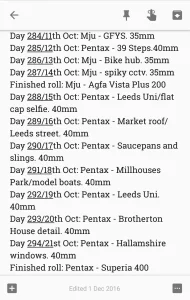
Probably the greatest fear you will have is ending up with a blank space, a gap in the project where, for one reason or another, you didn’t get a shot for that day. I managed to avoid it, but on some days just barely and it was often only luck that saved me. Photographers make their own luck, I learned, and here’s how you can make yours:
Track Everything!
If you don’t do this from the beginning, assembling and publishing the project is going to be a complete nightmare. Aim to put some sort of system in place on Day 1. Week 1 is probably okay, but no longer than that. I used Google Keep to track what subject, camera and lens (if applicable) I’d shot each day, also making a note of when I finished each roll of film. I used a cloud-based app because I didn’t want to risk losing the entire thing if something happened to my phone. If I were doing it again, I’d be tempted to use Shoot Film Co.’s charming and useful PhotoMemo books instead, or maybe a dedicated app like Exif Notes.
Tracking my activity made collating my scans and uploading them to Flickr a great deal easier. I know this because halfway through the year my wife had a baby and for about eight weeks after that my admin just went to pieces. The baby-related activities and steady stream of visitors kept me well-supplied with things to shoot, but I had to retrospectively figure out what I’d shot, when. That involved a painstaking search of calendars, email, work diaries and peering at negatives for frame numbers. I don’t recommend it!
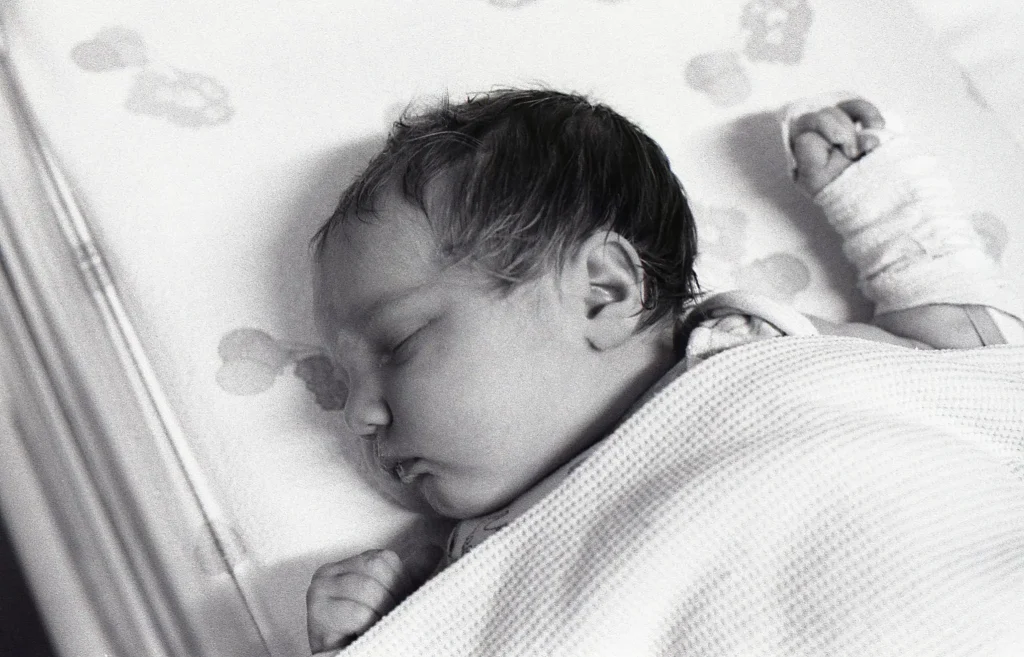
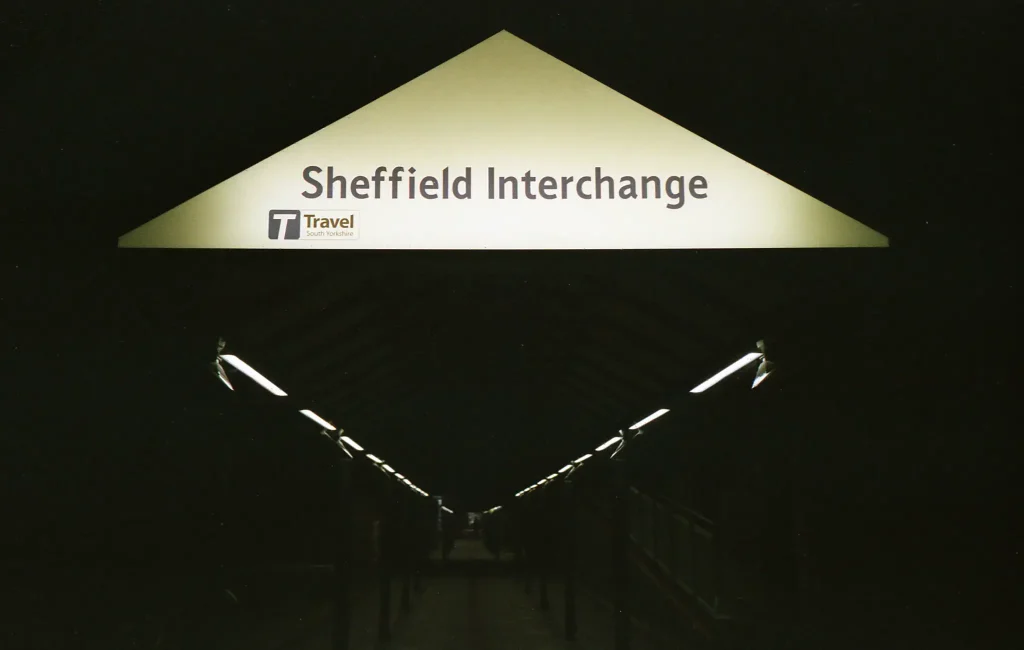
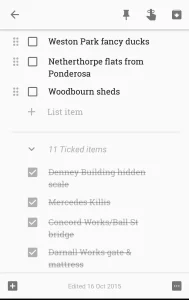
Collect Ideas
In the beginning, you probably won’t have any difficulty finding ways to get your shot for the day. There might be quite a few neat details near your house, where you work, on your commute or your in your hobbies that you’ll want to capture.
Sooner or later, though, you’re going to exhaust that easy supply and that means hunting around for inspiration. The thing to remember here is that no matter how many shots you take, you can only ever use one per day. If you’ve already taken a shot that day and see something else, you might want to save it for another day. Alternatively, if it’s a transient kind of scene you could shoot it and recreate the earlier shot on a different day. Once again, I used Google Keep to record any shots I wanted to come back to later. I didn’t come back and re-shoot many scenes at all, but that’s because generally I don’t like the results when I do that. Your mileage may vary.
I also searched Google, Flickr and Instagram for images of interesting subjects near where I lived, or in places I was visiting, and added them to the list. Ultimately, what you’re doing is preparing a ‘backup’ for the days when you aren’t really feeling it, or have limited time available. You will have these days and being able to just pick a subject from the list and shoot it is a godsend.
It’s also easy to forget that a Project 365 can be autobiographical as well as artistic. We tend to overlook it, but there’s a wealth of photogenicity in the everyday tasks we take for granted. I took shots while in traffic jams, going to the supermarket, gardening, cooking and putting petrol in the car. Some of them came out surprisingly well, and tell a kind of mini story of their own.
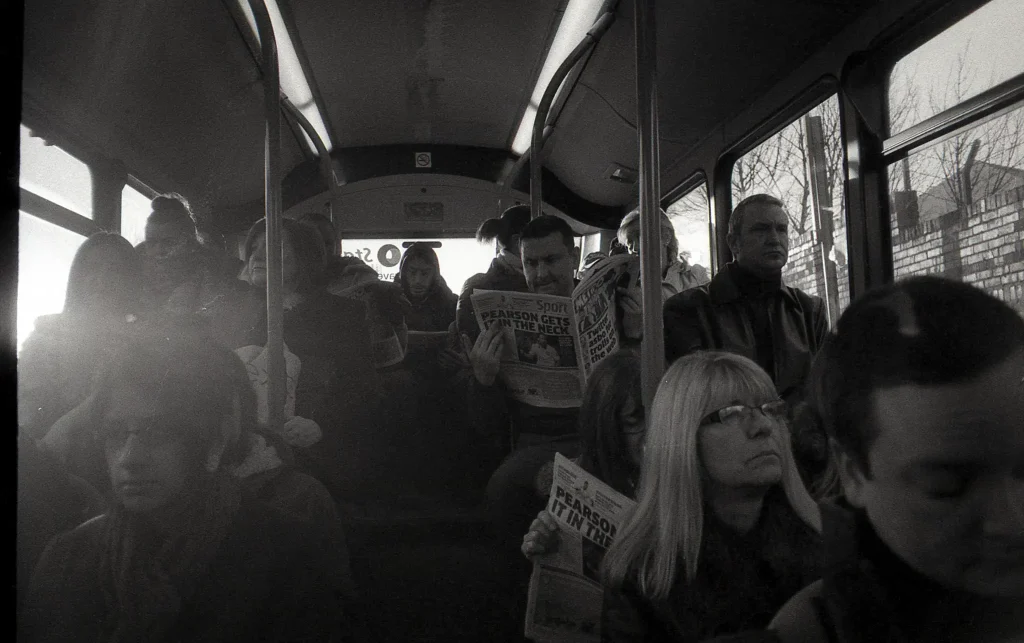
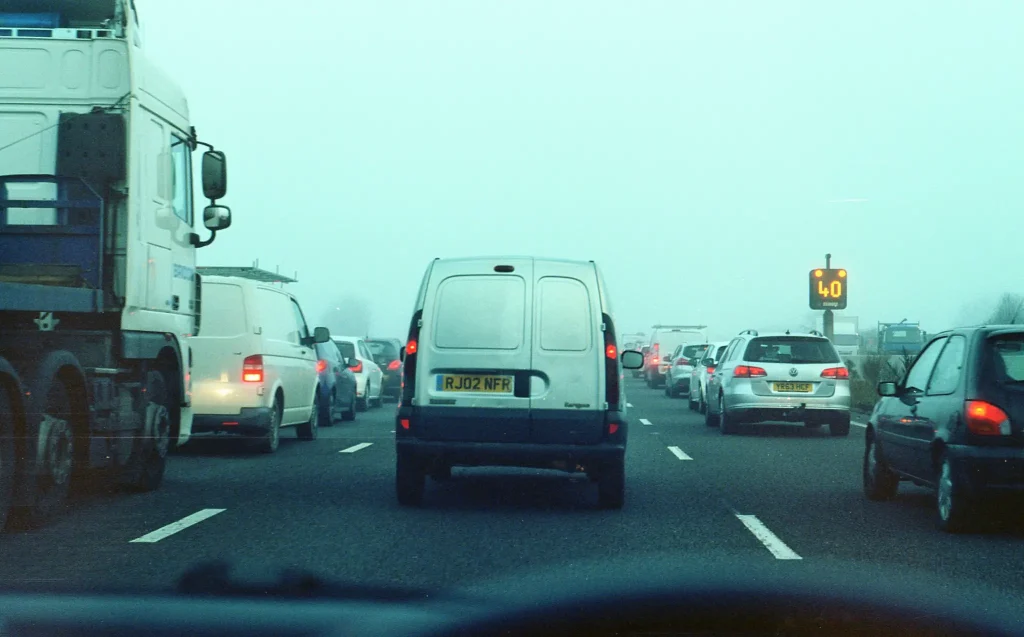
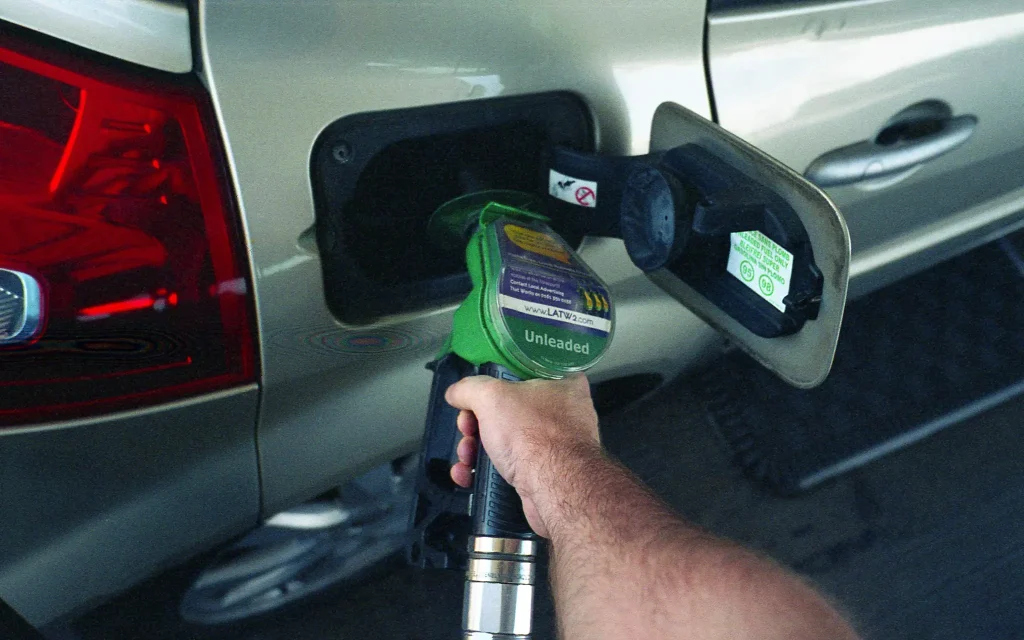
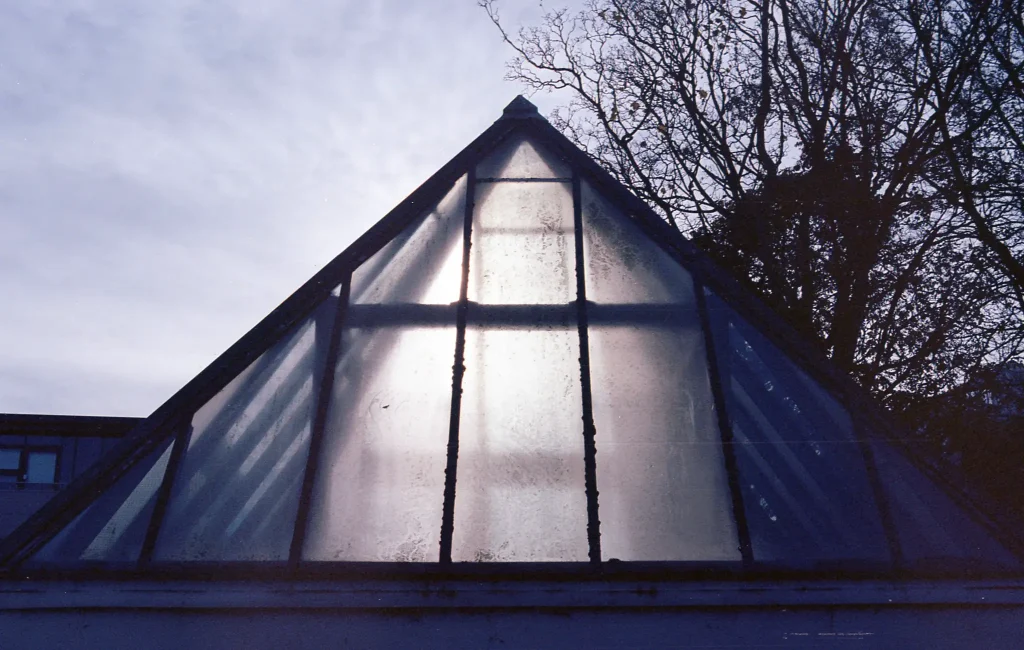
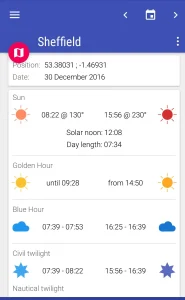
Chase the Light
Where I am in the world, the sun is currently rising after 8am and setting at 4pm. If you work in something like a nine-to-five job, then five days out of seven you won’t have much daylight to work with at all. The good news is the days are getting longer, but you’ll run into this problem again towards the end of the year so it’s worth thinking about how you’ll handle it. If you’re comfortable with flash photography and have a good social life then that will provide a lot of photo opportunities. I started the year with a pregnant wife and ended it with a baby and at no point in between did I have a recognisable social life.
Instead, I had to work with available light most of the time. By far the most useful tool I found was an app called Blue Hour. This not only told me when sunrise and sunset were for my location, but also when the Golden and Blue Hours were. The soft, warm light of Golden Hour can really bring a scene to life and in the winter months, you might be travelling to work during it. Blue Hour, the hour before sunrise and after sunset, doesn’t seem to get as much love as Golden Hour but the blue cast and cool tones it gives can be just as evocative. There’s not a lot of light around in Blue Hour though, so most of my weekday shooting was done on my way to work or in my lunch break. I was lucky enough to work in the centres of two major cities during my Project 365, which meant an interesting shot was usually just a walk away.
This approach worked quite well at the time, but learning how to do my own development opened up a lot of possibilities. I think if I were repeating the project, I would make full use of push processing to expand the range of conditions available to me.
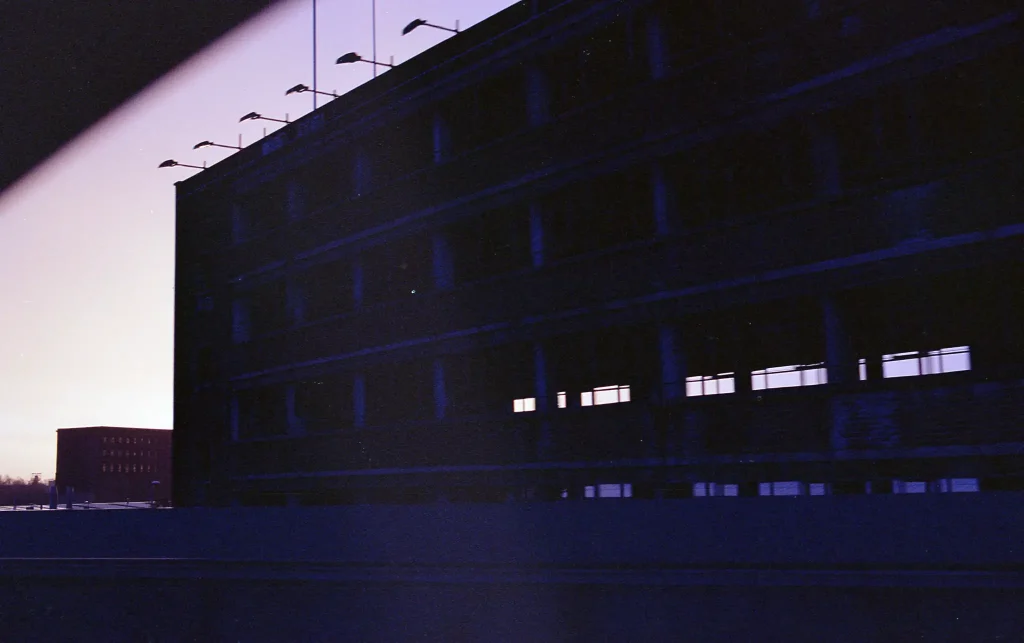

Experiment
I started my Project fully expecting my Canon A-1 and Lomo LC-A to be my two workhorses for the year. Though I put several rolls through each, I hadn’t anticipated just how much my camera collection would balloon. The more I learned about film, the more cool cameras I heard about and the more I wanted to try them. This was good in that it kept things fresh, kept me wanting to get out there and see what these things could do.
I also tried out different films. For cost reasons, I shot a lot of Agfa Vista Plus (aka Poundland film) and Fuji Superia during the year, but it was really nice to mix it up with other emulsions.
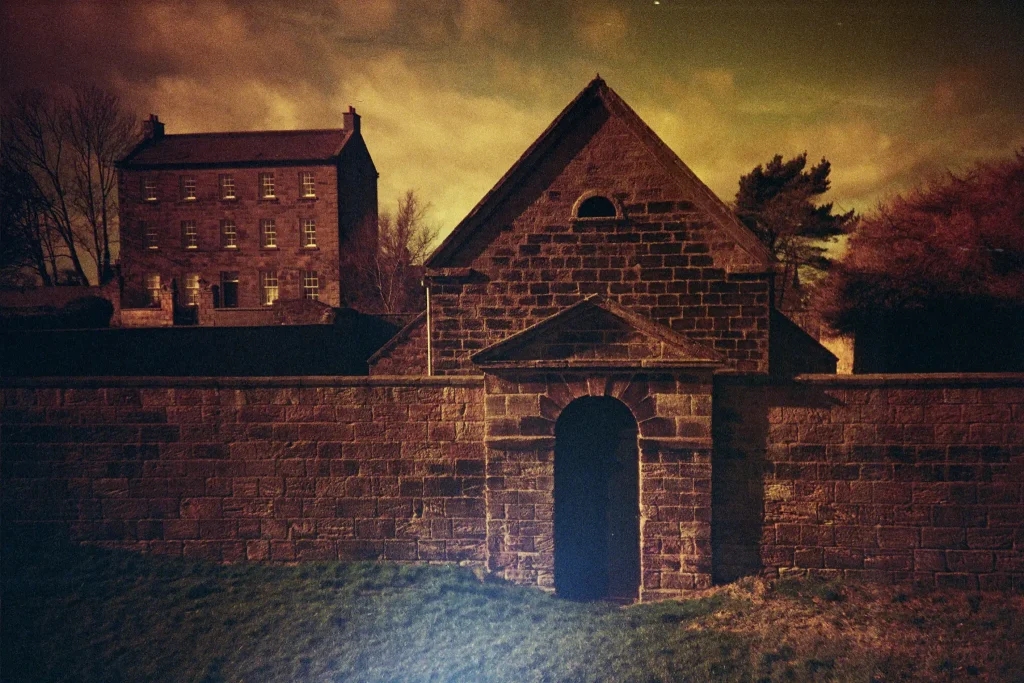

I experimented with redscale at different ASAs, did a bit of cross processing, shot Ektar when the light allowed, compared different B+W films, pushed Tri-X and HP5+. I learned a lot and anything that ignites the urge to take photos is to be embraced. But at the same time, it’s a good idea to…
Know Your Tools
The single biggest threat to you completing a continuous project of 365 shots is a technical failure of some sort. Your camera, your film and your developing process are all capable of letting you down and blowing a big hole in your project. Buying a second hand camera, whether from eBay or a reputable camera shop, and immediately using it is a risk.
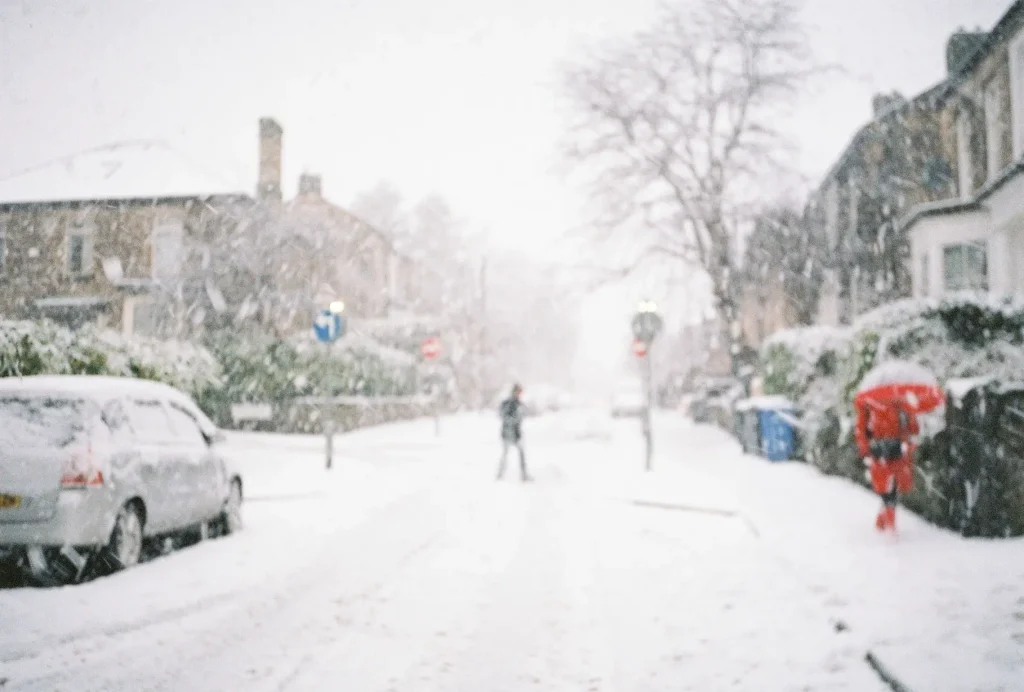
I took the precaution of having my Canon A-1 serviced before starting the project and I already knew my Lomo to be bomb-proof (perhaps literally). By the time March rolled around, though, I’d let my guard down and was shooting whatever new camera had just arrived in the post. I was luck and only experienced two camera failures during the year, both partial. A Yashica T2 jammed while rewinding and I lost several frames opening the back to sort it out. On that occasion, I was only saved by my enthusiasm: I was shooting a new lens on an SLR at the time, so the days I’d lost on one camera were captured on the other. Doubling up like that, pairing a new camera with a known quantity, is actually a really good safety measure and I’d thoroughly recommend it. I wasn’t so lucky when my Ricoh FF-90 developed a focusing fault and so I ended up with several ‘soft focus’ days in the final project.
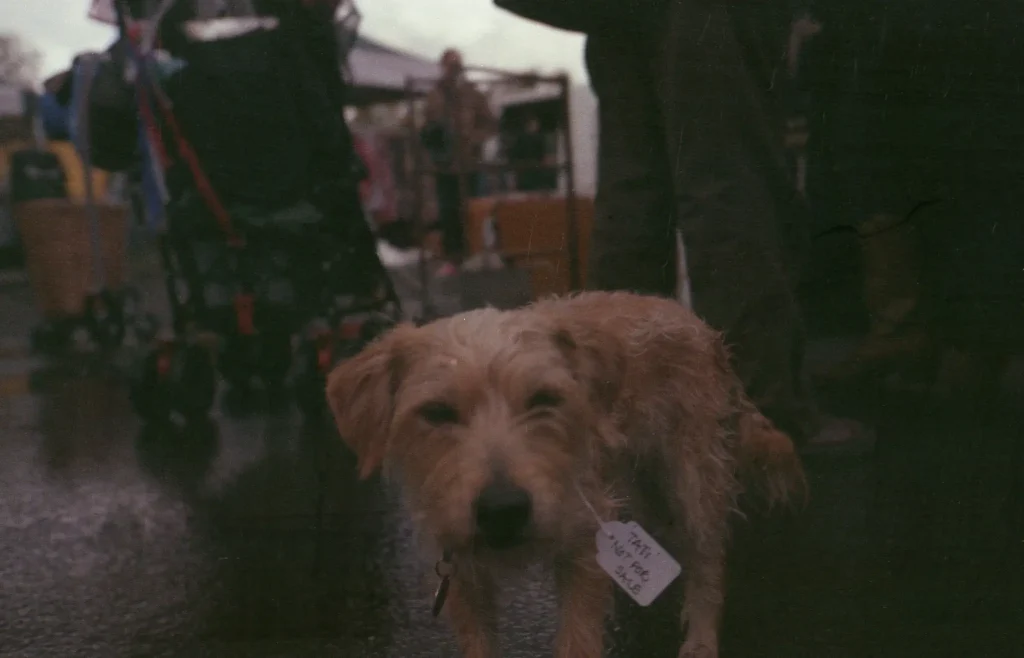
The most heart-stopping moment of the year wasn’t caused by a camera, but by some negatives. Specifically, by a 36 exposure roll that came back from the lab looking completely blank. Incredibly, my scanner managed to pull decent images from it, but they were very dark and dusty. Suddenly,the £1 I’d saved by using the supermarket instead of my local camera shop didn’t look like such a bargain.
Bottom line – use a lab you trust, or fresh developer if you’re doing it at home (or Rodinal, which never goes off). It’s just not worth the risk. I’d extend that to film, too; if you’re going to shoot something very expired and possibly not well stored, take a second camera with something fresh in it.
You Miss 100% of the Shots You Don’t Take
Perhaps contrary to what I said earlier about rationing your shots, if you decide to leave a shot for later don’t be surprised if it’s not there when you get back. I was caught out by this a few times. I passed a garden bursting with incredible flowers, but they’d been deadheaded by the time I came back. I missed the chance to shoot a creepy derelict building because it got pulled down before I got around to it. On both occasions, I didn’t take the shot because I was hurrying to work. What’s more important, making an awesome Project 365, or being on time for work?
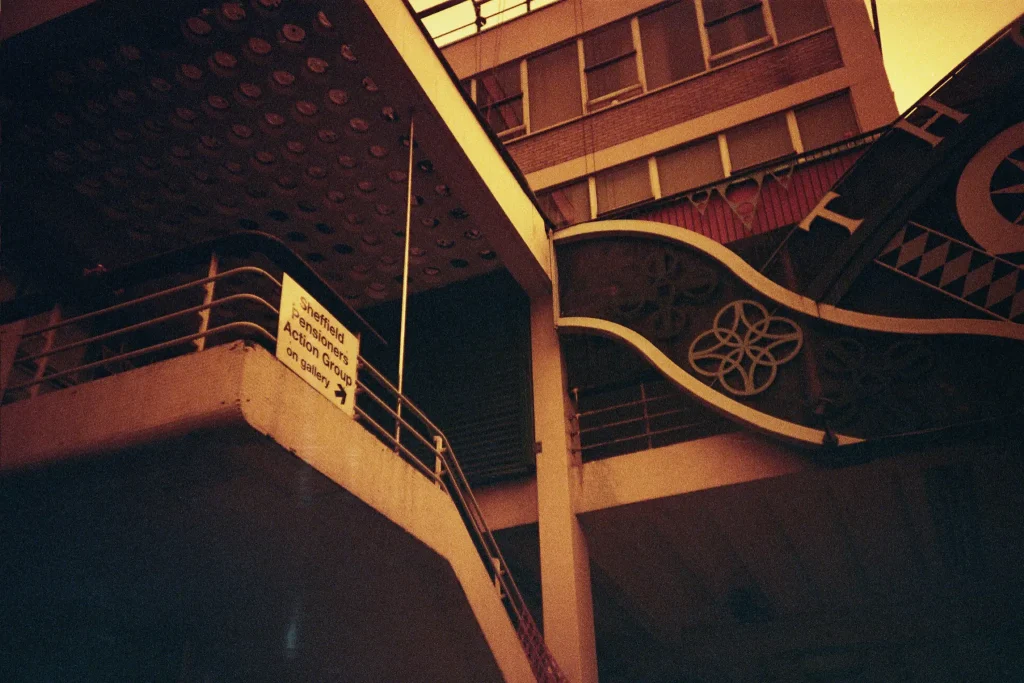

Finally, the golden rule of all golden rules has to be always, ALWAYS have a camera with you. Sounds obvious, but when you’ll really kick yourself when you spy a particularly photogenic cat edgy street scene and realise you’ve left your current shooter in your other trousers. For that reason, if you are doubling up on cameras it’s a good idea to make one of them a small compact that will easily fit in a jacket pocket. That way you’ve always got an option if you’re going somewhere but don’t want to take a bag.

So there you have it, the tips and tricks that helped me get through 365 consecutive days of film photography. Hopefully it’ll help people identify a few pitfalls without blundering into them, like I did. A Project 365 is a big commitment and one that, at times, will feel like a chore but it’s such a worthwhile undertaking. Shooting every day, instead of just when you feel like it, will force you to work much harder to find inspiration in environments you’ve walked through a hundred times before. Perhaps most valuable of all, my Project 365 saw me start to develop my own distinctive ‘voice’ as a photographer, where I’d been a bit of a generalist before.
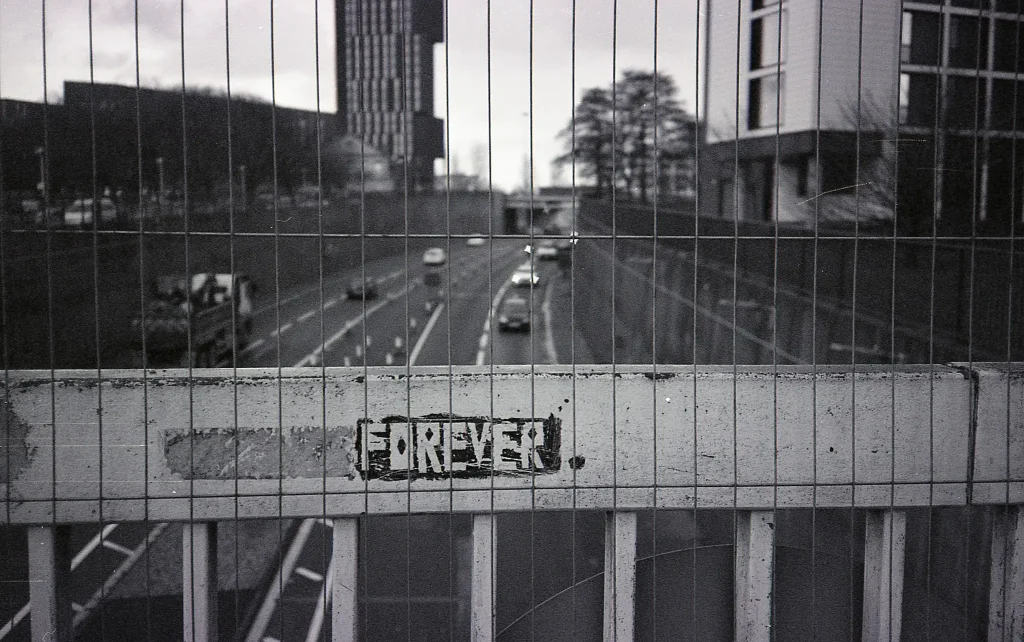
Now you may be reading this having not started a Project 365 today, on the 1st of January, or maybe you have found this post at a later date in the year, but don’t worry. There’s no real reason why you have to do the project over a single calendar year. You could just as easily do it February to February and it will be every bit as valid and enriching. One idea I particularly like is to start it on your birthday, that way the final project is a great record of a particular year of your life. In fact, I’m thinking of doing it when I turn 40 in a few years time. All on film, of course.
Share this post:
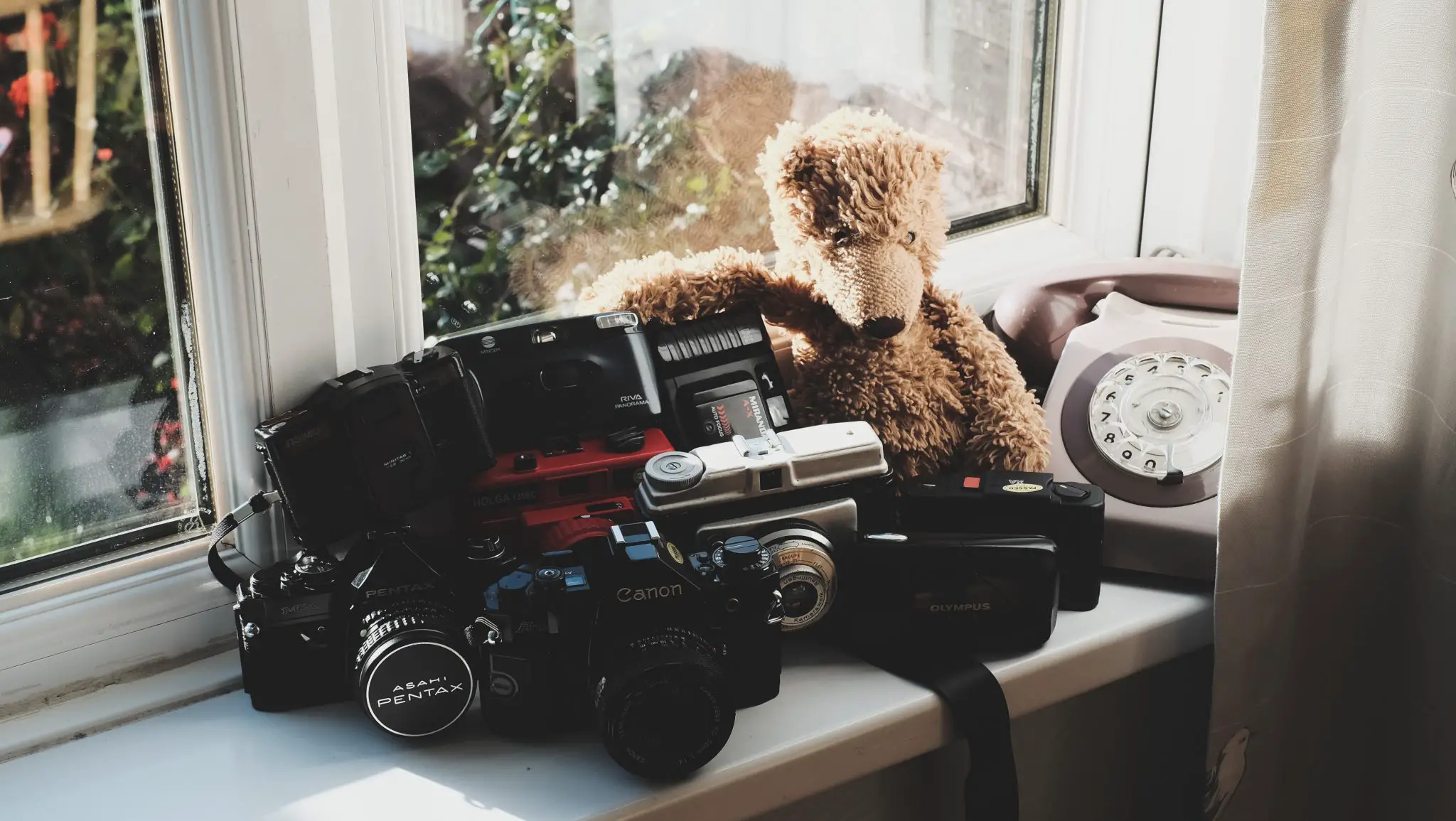








Comments
Terry B on Surviving 365 Days on Film – by Ken Hindle-May
Comment posted: 01/01/2018
Comment posted: 01/01/2018
Garr8 on Surviving 365 Days on Film – by Ken Hindle-May
Comment posted: 01/01/2018
jeremy north on Surviving 365 Days on Film – by Ken Hindle-May
Comment posted: 01/01/2018
I tried a 365 once but as you pointed out, it is doomed to fail without proper commitment and preparation. Of course I bailed out for those reasons.
I like the pictures you've posted which ably demonstrate the fun that can be had. I prefer the theme of a journal rather than trying to make every picture a work of art. Even the mistakes have a story to tell.
Comment posted: 01/01/2018
Dave Wolanski on Surviving 365 Days on Film – by Ken Hindle-May
Comment posted: 01/01/2018
Comment posted: 01/01/2018
Simon Burgess on Surviving 365 Days on Film – by Ken Hindle-May
Comment posted: 01/01/2018
Comment posted: 01/01/2018
Dan on Surviving 365 Days on Film – by Ken Hindle-May
Comment posted: 03/01/2018
Chris on Surviving 365 Days on Film – by Ken Hindle-May
Comment posted: 26/04/2023